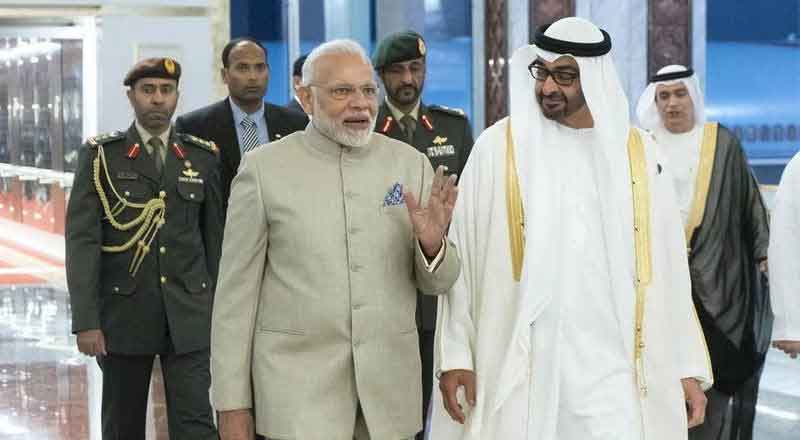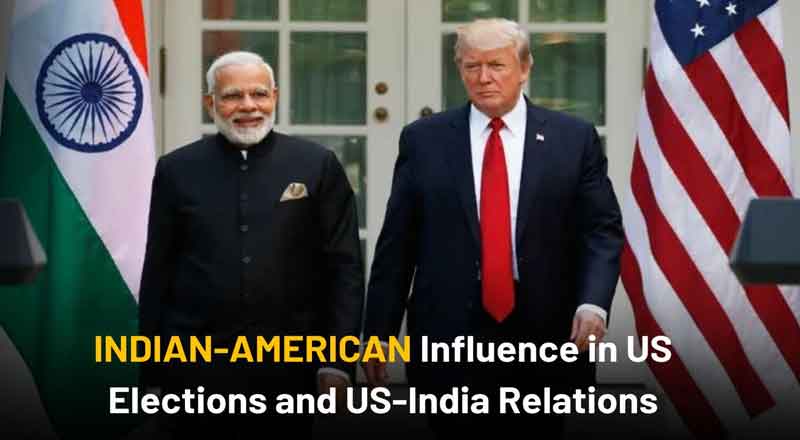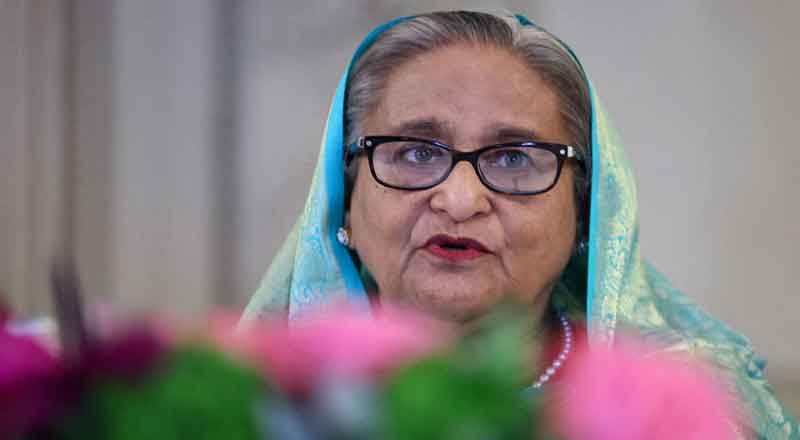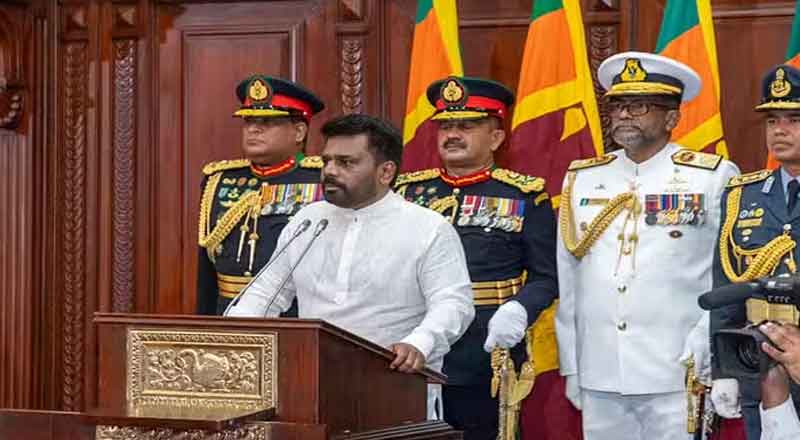- India and the United Arab Emirates (UAE) have embarked on a groundbreaking move by opting to settle their crude oil transactions using their respective national currencies.
- This comes as a result of the Memorandum of Understanding (MoU) signed during Prime Minister Narendra Modi’s visit to the UAE on July 15.
- It paves the way for cross-border transactions using the Indian rupee and the UAE dirham.
- One of the key benefits of this pioneering LCS system is the reduction in transaction time and costs.
- By eliminating the need for intermediary currencies, both countries can expect to save on foreign exchange expenses, leading to enhanced economic cooperation.
- With gold, gems, and jewelry being among the most traded commodities between India and the UAE, the successful execution of such a transaction serves as a testament to the viability of this mechanism.
In a key development, India and the United Arab Emirates (UAE) have embarked on a groundbreaking move by opting to settle their crude oil transactions using their respective national currencies.
The Indian rupee and the UAE dirham will be utilized in this landmark transaction, which will be seen as a significant shift in international trade dynamics. The first such transaction involving national currencies will take place later today on Monday (Aug 14). This comes as a result of the Memorandum of Understanding (MoU) signed during Prime Minister Narendra Modi’s visit to the UAE on July 15.
The MoU introduces the Local Currency Settlement (LCS) System, facilitated by the Reserve Bank of India and the Central Bank of the United Arab Emirates. It paves the way for cross-border transactions using the rupee and dirham.
One of the key benefits of this pioneering LCS system is the reduction in transaction time and costs. By eliminating the need for intermediary currencies, both countries can expect to save on foreign exchange expenses, leading to enhanced economic cooperation. Additionally, reliance on national currencies is anticipated to bolster economic resilience and strengthen bilateral relations. Moreover, any surplus balances in the local currencies can be invested in various local assets, including corporate bonds, government securities, and equity markets.
Monday’s transaction for oil trade is expected to pave the way for further such transactions. The LCS system has already proven its efficacy. One of the first transactions between the two countries using national currencies involved a sale of 25 kilograms of gold from a prominent UAE gold exporter, invoiced at approximately Rs 128 million ($1.5 million).
With gold, gems, and jewelry being among the most traded commodities between India and the UAE, the successful execution of such a transaction serves as a testament to the viability of this mechanism. Last year, the two-way trade between India and UAE was worth US$ 20 billion, which was about 42 percent of the total non-oil trade between the two countries.
(With inputs from agencies)





